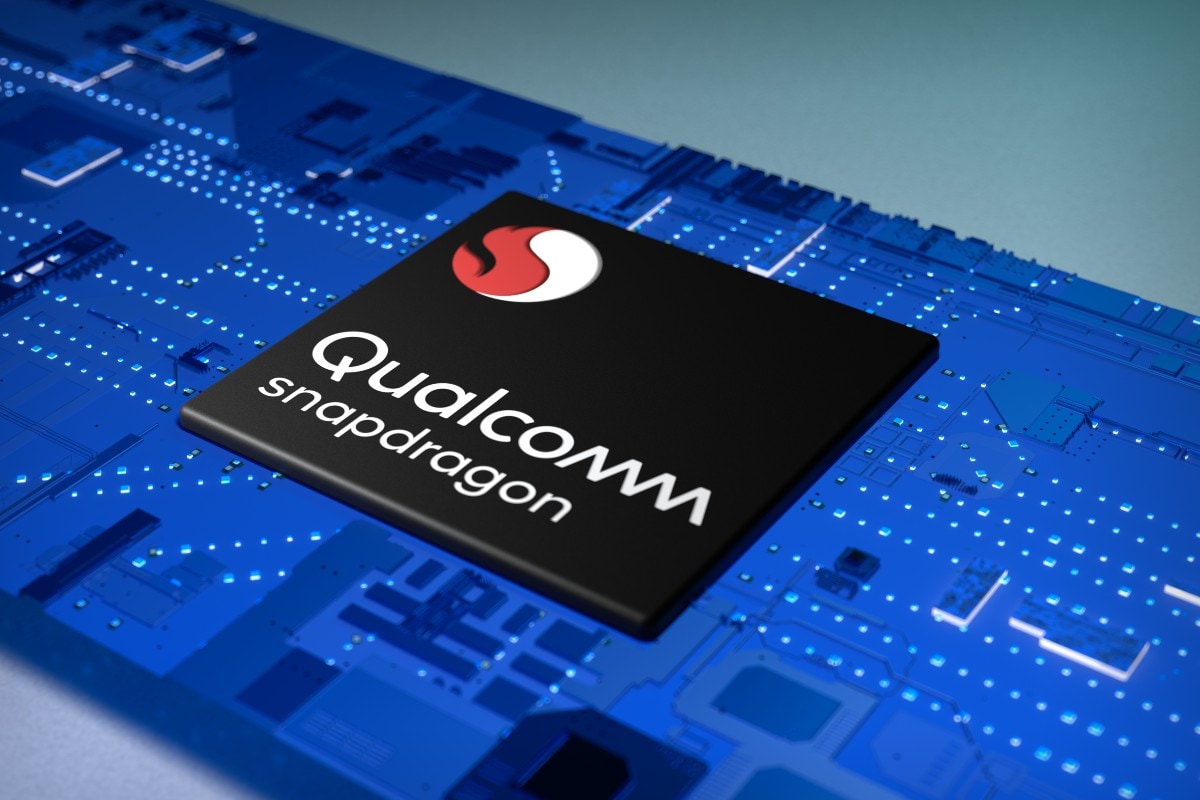Qualcomm forecast fourth-quarter revenue below estimates on Wednesday, bracing for difficult economic conditions and a slowdown in smartphone demand that could hit its mainstay handset chips business.
The chip designer still surpassed expectations for adjusted revenue in the third quarter.
Qualcomm’s forecast comes at a time when leading chipmakers including Micron Technology and Texas Instruments have warned of cooling consumer electronics demand.
Smartphone sales have come under pressure as runaway inflation, growing recession risks and repeated COVID-19 lockdowns in China force consumers to rein in spending. Global smartphone shipments will fall 3.5 percent this year, according to data from IDC.
The Ukraine crisis and China lockdowns worsened supply-chain snags as well and hurt demand, forcing many phone makers to cut orders for chips.
Qualcomm is looking to diversify to sectors such as automotives, but its handset chip business still makes up more than half of total sales.
The company forecast current-quarter revenue between $11 billion (roughly Rs. 87586 crore) and $11.8 billion (roughly Rs. 93,956 crore), compared with analysts’ estimates of $11.87 billion (roughly Rs. 94,513 crore), according to Refinitiv data.
It expects adjusted earnings per share of between $3 (roughly Rs. 160) and $3.30 (roughly Rs. 170), compared with estimates of $3.23 (roughly Rs. 180).
Qualcomm said the mid-point of its fourth-quarter forecast included an estimated impact of an about 20 cents reduction to earnings per share due to macroeconomic headwinds and a lower global handset forecast.
Adjusted revenue for the quarter ended June 26, when analysts expected strong demand from Apple, was $10.93 billion (roughly Rs. 87,027 crore), compared with estimates of $10.88 billion (roughly Rs. 86,640 crore).
Separately, Qualcomm said it has also extended its patent license agreement with Samsung Electronics through the end of 2030. It also agreed to expand the use of Snapdragon platforms for future premium Samsung Galaxy products, including Samsung Galaxy phones.
© Thomson Reuters 2022

